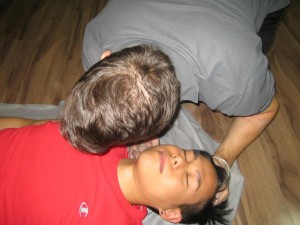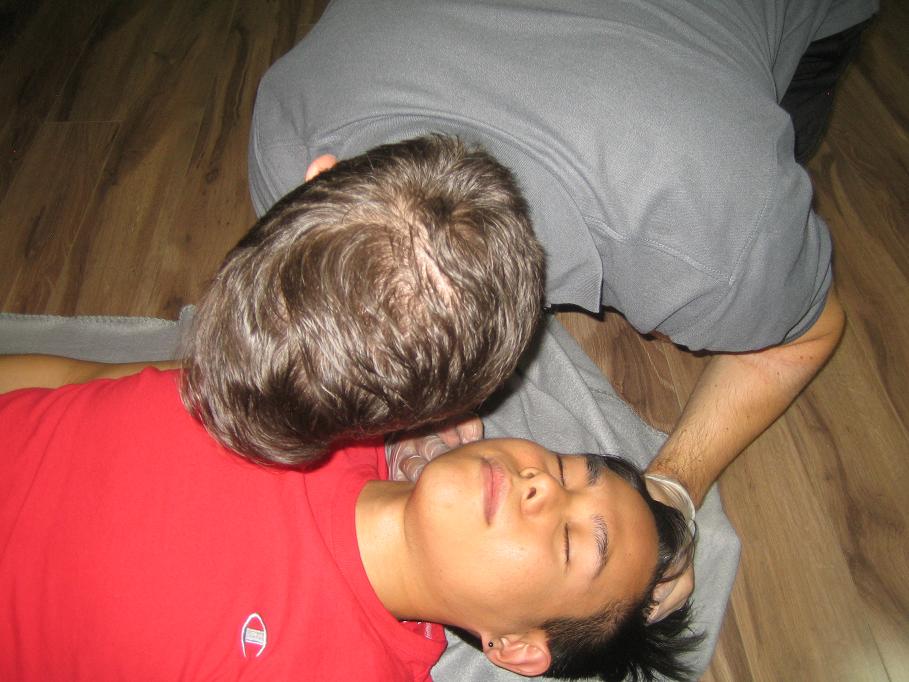Electrical injuries occur when an electrical current passes through the body that causes inadvertent damage and burns to the internal organs thereby affecting their functions. Faulty electrical lines, machinery and appliances may result in an electrical injury. Others causes of electrical injuries may occur with contact with household wiring or power lines. There are a number of factors that determine the intensity of the injury such as the type of current, the duration of exposure and many others. This page will outline the symptoms and management of an electrical burn. This page is for learning purposes only. To learn to recognize and manage minor and severe electrical burns register for a Canadian standard first aid course with one of our training providers.
Symptoms of an electrical injury
Often, the main symptom of the electrical injury is a skin burn. High-voltage injuries may cause severe internal burns. If muscle damage is extensive, it swells to the extent that the arteries are compressed. Toddlers who bite or suck on extension cords can burn their mouth and lips, causing added deformities and growth problems of the face and other facial structures. A minor shock may cause muscle pain causing the person to startle and / or fall. The electricity may also cause abnormal heart rhythms causing heart problems or exacerbating current ones. The nerves and brain may also be affected which may cause memory and behavioral problems.
First Aid for an an electrical injury

- Separate the person from the current source before giving any first aid. Turn off the electrical current, unplug the cord, turn off or remove the fuse from the fuse box. Simply turning off the appliance or machine may not stop the electricity flow.
- Call the emergency number or nearby medical responders (if available)
- If the electricity source cannot be turned off, use insulating objects (such as brooms or chair) to push the person affected away from the current. Do not use wet or metal objects and ensure that you are standing on something dry and does not conduct electricity such as rubber mat or newspapers
- Once the person is away the source of electricity, check the person’s airway and breathing pattern as well as the person’s pulse.
- If you notice a burn in the person’s body, remove the clothing over the affected area and rinse the burned area with cool running water until the pain subsides. Do not apply anything (ice, toothpaste or ointments) on the affected site; do not break the blisters; never remove the dead skin.
- If the person fainted and become unconscious, lay him down his back with his head slightly lower than the rest of the body and cover him with a warm blanket.
- If you suspect cervical or spine injury related to electrical injury, never move the person.
- Speak to a physician about medication for pain.
Reference:
Mayo Clinic. First Aid for Electric Shock. Retrieved on June 12, 2014 from http://www.mayoclinic.org/first-aid/first-aid-electrical-shock/basics/art-20056695

